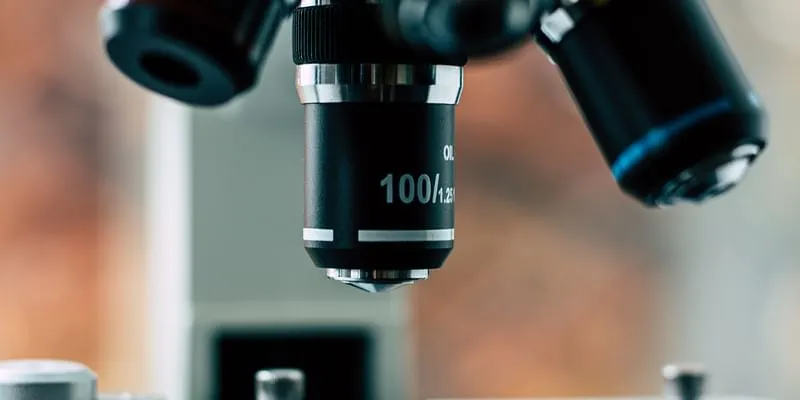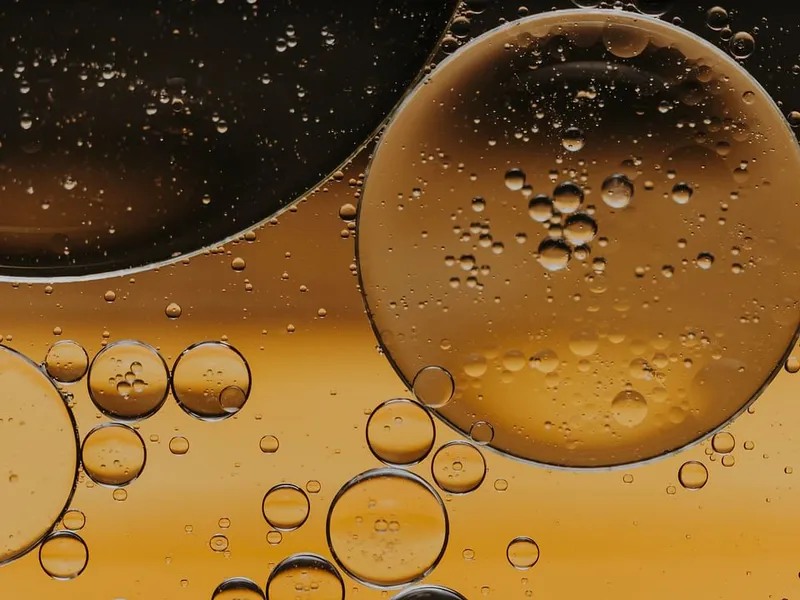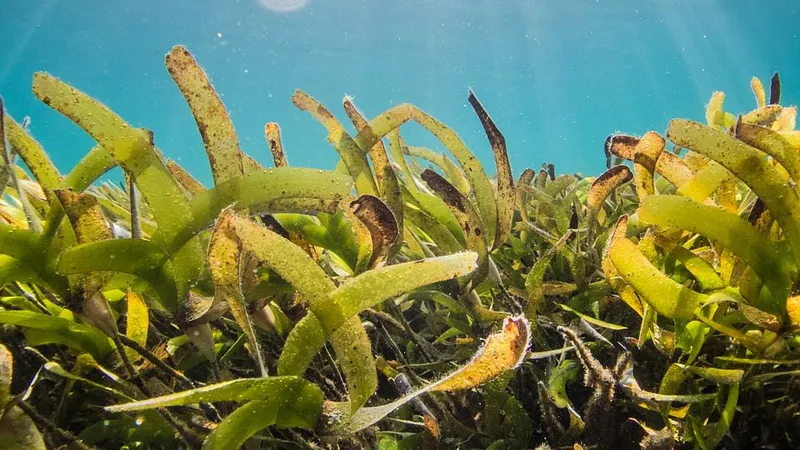5 innovations that are helping save the planet from plastic pollution
From plastic-eating mushrooms to edible wrapping, here’s how science is helping us work towards a greener earth.
According to a Central Pollution Control Board (CPCB) report (2018-19) India generates a staggering 3.3 million metric tonnes of plastic waste each year. What’s even more terrifying is that this may not be the complete picture, and that the reality is far worse.
Global plastic pollution - estimated at 300 million tonnes a year - has also reached such alarming levels that it is predicted that there will be more plastic in our oceans than fish by 2050.
People are waking up to this crisis and a lot is being done to avert disaster - from reducing plastic usage in homes and plastic bag bans in several countries. One of the biggest contributions to combatting the plastic crisis is innovation and scientific discovery. Here are some interesting ways that people are trying to help the environment:

Japanese scientists discovered a plastic-eating enzyme secreted by a bacteria that survives on the carbon content in Polyethylene terephthalate (PET)
Image: Unsplash
Plastic-eating bacteria
In 2016, a Japanese scientist discovered a plastic-eating enzyme called Ideonella Sakaiensis 201-F6. This was secreted by a bacteria that survives on the carbon content in Polyethylene terephthalate (PET) – the most commonly used type of plastic (all disposable bottles are made from PET). The only downside is that the process is very slow; however, scientists are currently working on speeding up this process by up to 20 percent by changing the molecular structure of the enzyme.
An ‘attractive’ solution
Scientists have built a type of magnetic coil that pulls microplastics that are present in the ocean. It uses nanotechnology to break down the debris; the best part is that it happens without harming marine life in any way. These minuscule coils are thinner than hair and are covered in nitrogen and manganese. They break down the plastic when they interact with oxygen. In a contained study, it was found that these nano-coils can reduce microplastics by up to 50 percent in eight hours.
Fuelling the future

Catalytic Hydrothermal Reactor (Cat-HTR) is a technology that takes plastic that cannot be recycled, melts it, and changes it into oil.
Image: Unsplash
Licella Holdings is an Australian company that has patented and developed a technology that converts plastic into oil. The technology is called Catalytic Hydrothermal Reactor (Cat-HTR), and it takes plastic that cannot be recycled, melts it, and changes it into oil. The process is like using a pressure cooker and can convert any kind of single-use plastic into waxes, oils, and plastics that can then be made into other products. The manufacturers say that the technology can repurpose 20,000 tonnes of plastic a year and reduce the plastic that ends in landfills and the ocean. The downside is that the use of the technology produces carbon emission.
An earthy solution
Aspergillus Tubingensis is a fungus that is capable of degrading polyurethane (PU). The fungus was discovered by a biotech engineer, Samantha Jenkins, at British bio-manufacturing company Biohm. While studying a variety of fungi she noticed that one of the mushrooms had cracked through the container lid and was growing on it. Interestingly, the fungi were being cultivated for use in bio insulation panels, but Jenkins’ discovery took it down a different path. Biohm is not working on developing the fungus to creating a new type of biomaterial “for food, or feed stocks for animals, or antibiotics”.

An Indonesian startup is working with seaweed farmers and using the harvest to develop packaging material.
Image: Unsplash
Solutions from the ocean
Bioplastic has become one of the most important solutions to combat the plastic crisis our planet is facing. It is a type of plastic that is made from bio-based renewable resources. Ironically, the solution for plastic pollution comes from a source that has suffered the most as a result of the indiscriminate use of plastic.
An example of this is Evoware, an Indonesian startup that is working with seaweed farmers and is using the harvest to develop packaging material. The packaging is used for food items, and can then be completely dissolved in hot water and even consumed. Although the country generates millions of tonnes of seaweed each year, there are certain challenges involved. One is cost as the seaweed wrapping is nearly five times as expensive as ordinary packaging. It also needs additional wrapping to protect the seaweed.
While several companies are innovating to make plastic substitutes including material made from bamboo and potato, mass adoption may take time as these are still niche products that few people can afford.
Edited by Teja Lele






